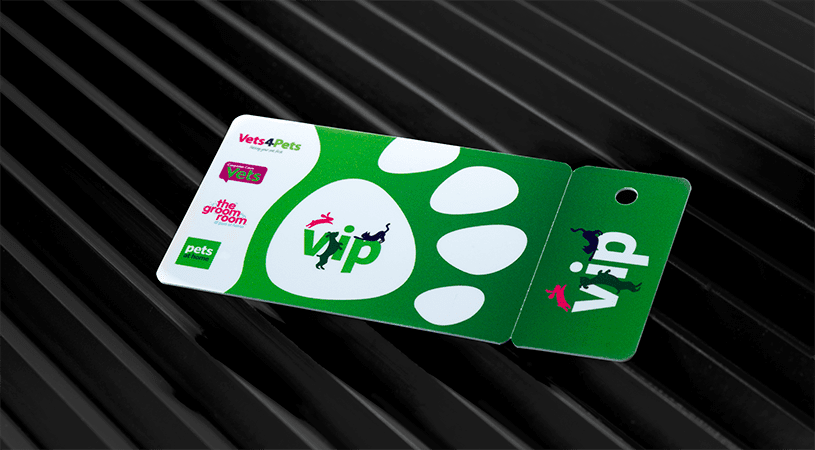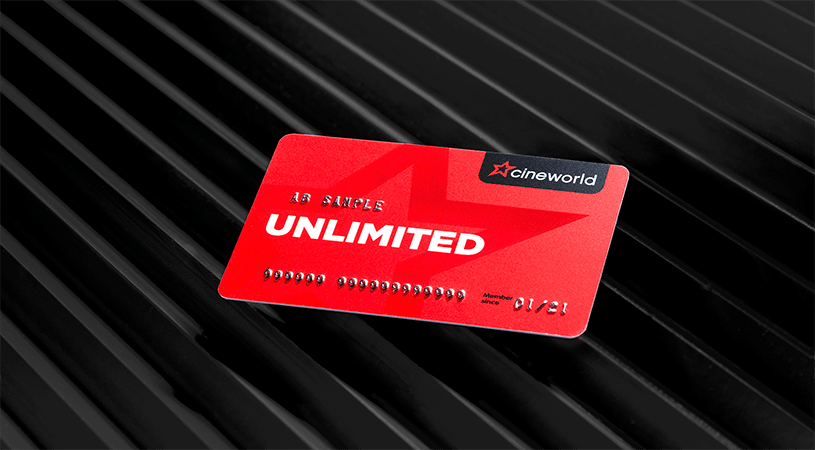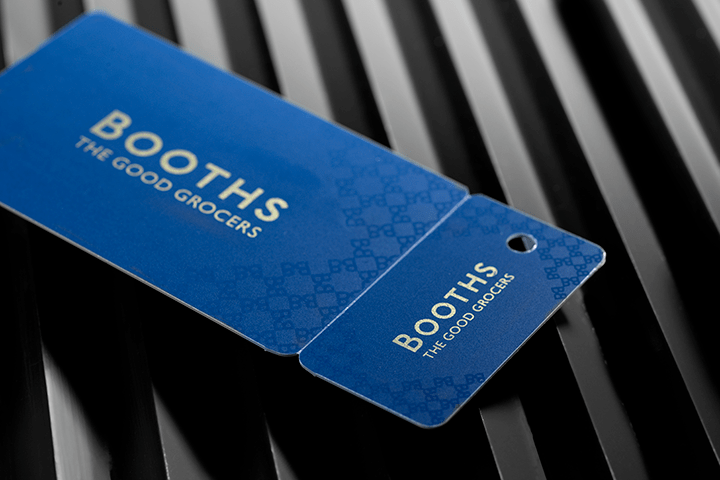In a publication from thebusinessdesk.com, PCS’s Sales Director Adam Unsworth discusses the future of retail and the best ways to engender customer loyalty.
Will loyalty apps affect the plastic card industry?
“Technology moves at a frightening pace and many so called ‘advances’ slip by the wayside. However, I think it’s fair to say that smartphones and their accompanying apps are very much a way of life these days, so we don’t see them disappearing overnight. For us, we see loyalty apps as simply another route to market which work in unison with the physical loyalty card itself.
“There is a lot to be said about the value of a physical card, including marketing opportunities, brand and identity awareness, ease of use as well as the consumer’s love for a tangible product. Ultimately, both the card and the app benefit the retailer and the consumer which can only be a good thing for us all.
“What will need to be done to reduce the impact of loyalty apps on the plastic card industry?
“Loyalty apps are already well established, with many of the larger retail chains introducing them to accompany their existing loyalty card schemes. As yet this has had little impact on the plastic card market; in fact the trend seems to show an increase in loyalty card demand.
“We do not pitch ourselves as head-to-head competitors with mobile app producers, but instead envisage ourselves working in conjunction with them. We predict that contactless RFID chip cards (like the Oyster Card) will become more prevalent within the retail environment, with interactive point of sale signage and product packaging potentially offering a way to display real time, personalised offers to the customer as they move around the store.”
Will loyalty apps replace the loyalty card?
“While there has been a widespread uptake in smartphones many people don’t choose to use an app to completely replace a physical product. While certain apps can make life a lot simpler – for example a maps application that can replace a sat nav or road atlas – we would still argue that a physical loyalty card is far more convenient than a loyalty app.
“Physical loyalty cards have a number of benefits for consumers; the card will generally sit in your wallet, alongside your bank cards and money, making the transaction simple and fast. And, unlike a card, a loyalty app can easily be lost amongst a whole host of other apps making it difficult to find on a phone. There’s also clearly no risk of a flat battery with a card, preventing you from accessing your loyalty app.”
“Physical cards also offer retailers a fantastic opportunity for providing consumers with a piece of branding that can sit in their wallet for a number of years before needing replacement. While an app can be branded, until it is accessed it is reduced to a small icon which is likely to be overlooked until it is actually required, reducing the exposure of the brand to the smartphone owner.”
Will the reduction in the number of physical retail stores affect the plastic card industry?
“Providing retailers remain successful, then a reduction in store numbers has very little bearing on loyalty card output – after all, fewer stores does not necessarily mean fewer customers. During difficult trading periods, retailers often look for creative and attractive ways with which to entice customers back into their stores – so the opportunities for marketing collateral such as loyalty cards tend to improve if anything.”
Will the move to multi-channel affect plastic card providers?
“Most schemes will allow a customer to collect points on their card both in store and online, so it has no real bearing on our business.”
Read the full whitepaper with major contributors from the retail sector discussing the latest retail trends and strategies.





